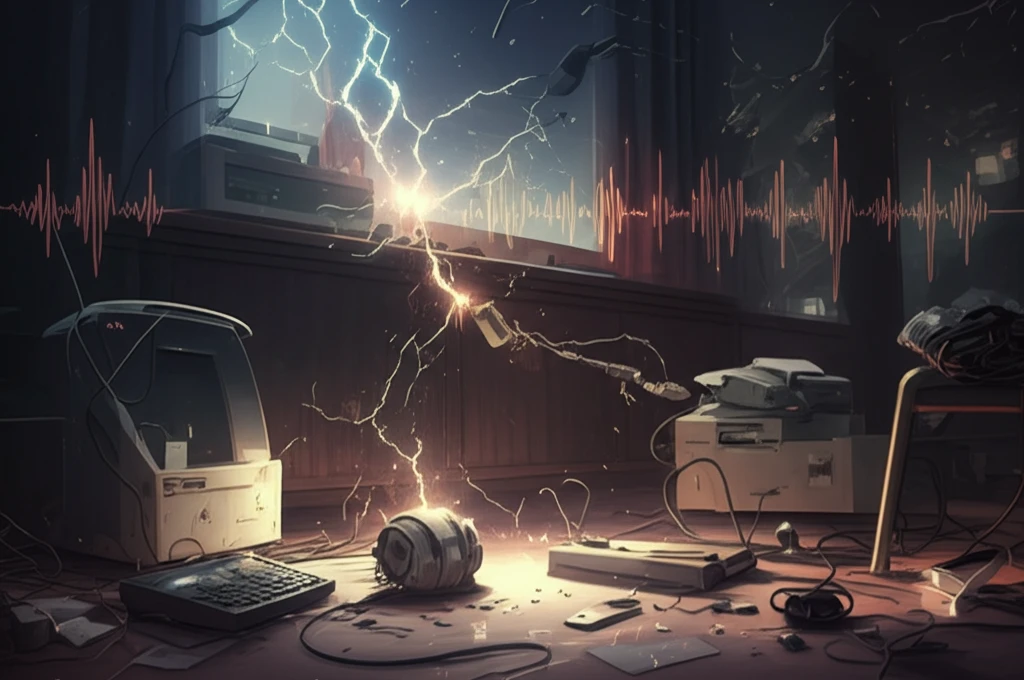
Is Your Phone Charger a Fire Hazard? What You Need to Know
"Damaged power cords can lead to electrical fires. Learn how to spot the risks and protect your home with voltage waveform monitoring."
Think about all the electrical devices you use every day – your phone, laptop, kitchen appliances. They all rely on power cords to keep running. But have you ever stopped to consider the safety of these cords? Damaged power cords are a major cause of electrical fires, and it's more common than you might think. We often take these everyday items for granted, but understanding the risks can help protect your home and family.
Electrical fires can start from seemingly minor issues, such as a frayed cord or a wire bent too many times. These damages can lead to partial disconnections within the cord, increasing resistance and causing heat to build up. In some cases, this can result in an arc discharge, which is a small electrical spark that can ignite nearby materials. Traditional circuit breakers often can't detect these subtle issues, making it crucial to find new ways to monitor the condition of power cords.
The Tokyo Fire Department reports that over 26% of fire accidents originate from electrical equipment. Power supply cords and wiring contribute to a significant portion of these incidents, highlighting the need for better monitoring and prevention strategies. Recent research is exploring innovative methods to detect these dangerous conditions early, using voltage waveform analysis to identify potential hazards before they lead to a fire.
The Hidden Dangers in Your Power Cords

An AC power supply cord seems simple, but it’s made of many thin element conductors bundled together and insulated. When mechanical force is applied – like being repeatedly bent, stretched, or crushed – these conductors can partially or completely disconnect. This damage increases the cord's resistance, leading to a localized temperature rise. In severe cases, this can cause an arc discharge, essentially a tiny electrical explosion that can ignite nearby flammable materials.
- Fraying or Cracking: The outer insulation is split or worn.
- Bent or Kinked Cords: Cords that have been sharply bent are more likely to have internal damage.
- Visible Damage: Any exposed wires or melted plastic.
- Warm to the Touch: The cord feels unusually warm during use.
Protecting Your Home: What You Can Do
While advanced monitoring systems are being developed, there are simple steps you can take to protect your home from electrical fires. Regularly inspect your power cords for any signs of damage, avoid bending cords sharply, and don't overload outlets. By taking these precautions, you can significantly reduce the risk of electrical fires caused by damaged power cords. Stay informed, stay safe, and make electrical safety a priority in your home.
